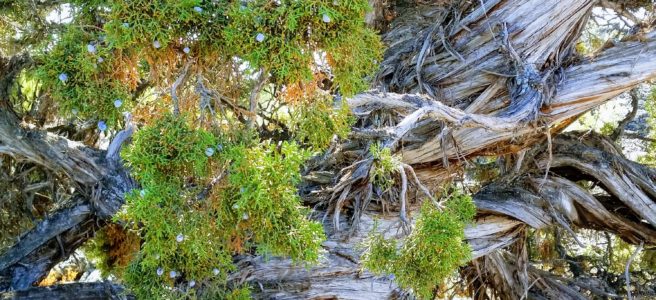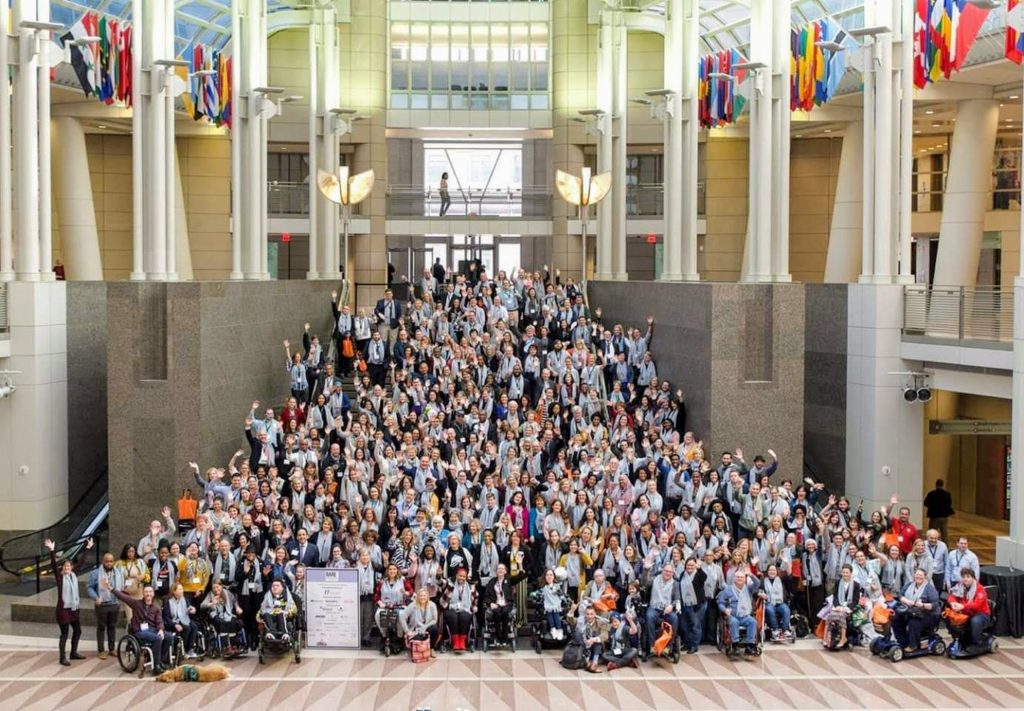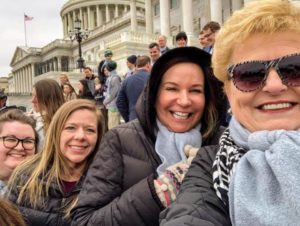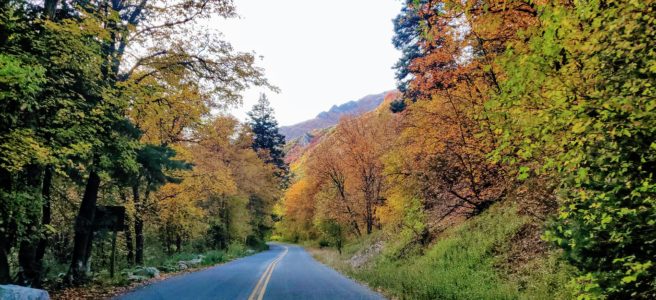I have an affinity for weird-looking plants and animals. Moose? I love their big, fat noses and crazy antlers (although they’re also terrifying when you see one close-up!). Penguins, their amusing waddling. Walruses: their hysterical mustaches, although, again, terrifying up close. hahaha.
And there are so many amazing, weird plants out there.
One such weird, fascinating plant is the Utah Juniper Tree.
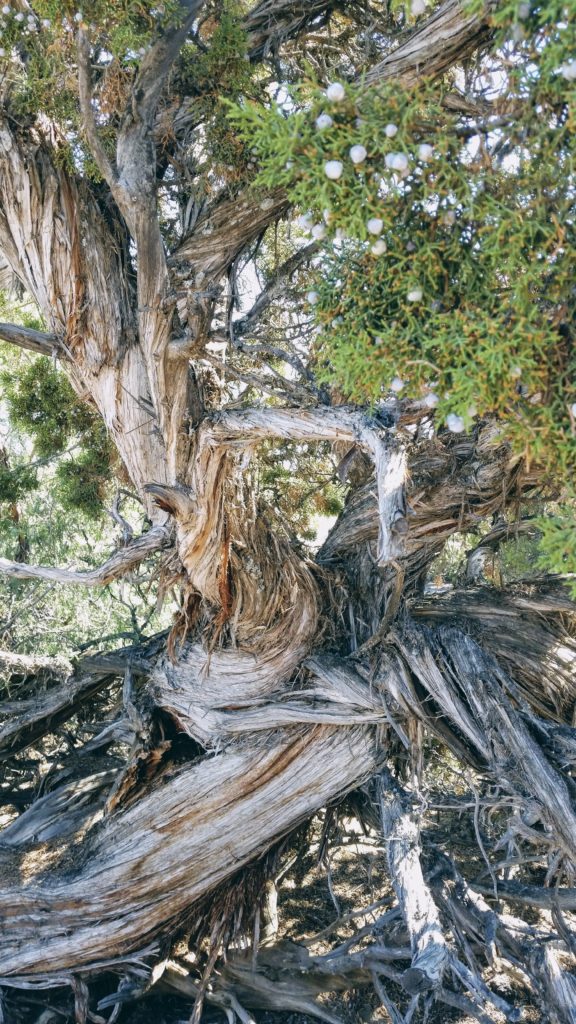
When I lived in Southeast Idaho, I spent a lot of time driving between there and everywhere else, including Utah and California. Near Blackfoot, Idaho, there is a large volcanic scar that runs along the highway for a time. I love the look of the green or brown (depending on the season) grass and other plants against the black rock. But I was always fascinated by the gnarled trees that jut out at odd angles straight from the rock, even on cliff faces. I wondered how the trees survive. I couldn’t see any kind of soil. There’s a rest stop that has some walking trails and I stopped once to check it out and discovered the trees are Utah Junipers. They are native throughout Southern Idaho, Colorado, Northern Idaho and some parts of Southern California–but mostly found in Utah.
They’re the trees of the high desert.
Not much can survive the arid, harsh conditions of the high desert–yet, here, the Utah Juniper thrives. It grows slowly, so slowly. A tree can be hundreds of years old, but less than 25 feet tall. But its height, or lack thereof, is not what makes it interesting to me.
The wind whips and whirls almost constantly along the rocky, dry earth, shaping the juniper trees into gnarled, twisted, and distinctive formations. Yet, the perpetually blowing wind of the Western Desert does not destroy the tree. It hardens it, weathers it, and shapes it. The experiences of the Utah Juniper’s life make it unique, beautiful, and strong.
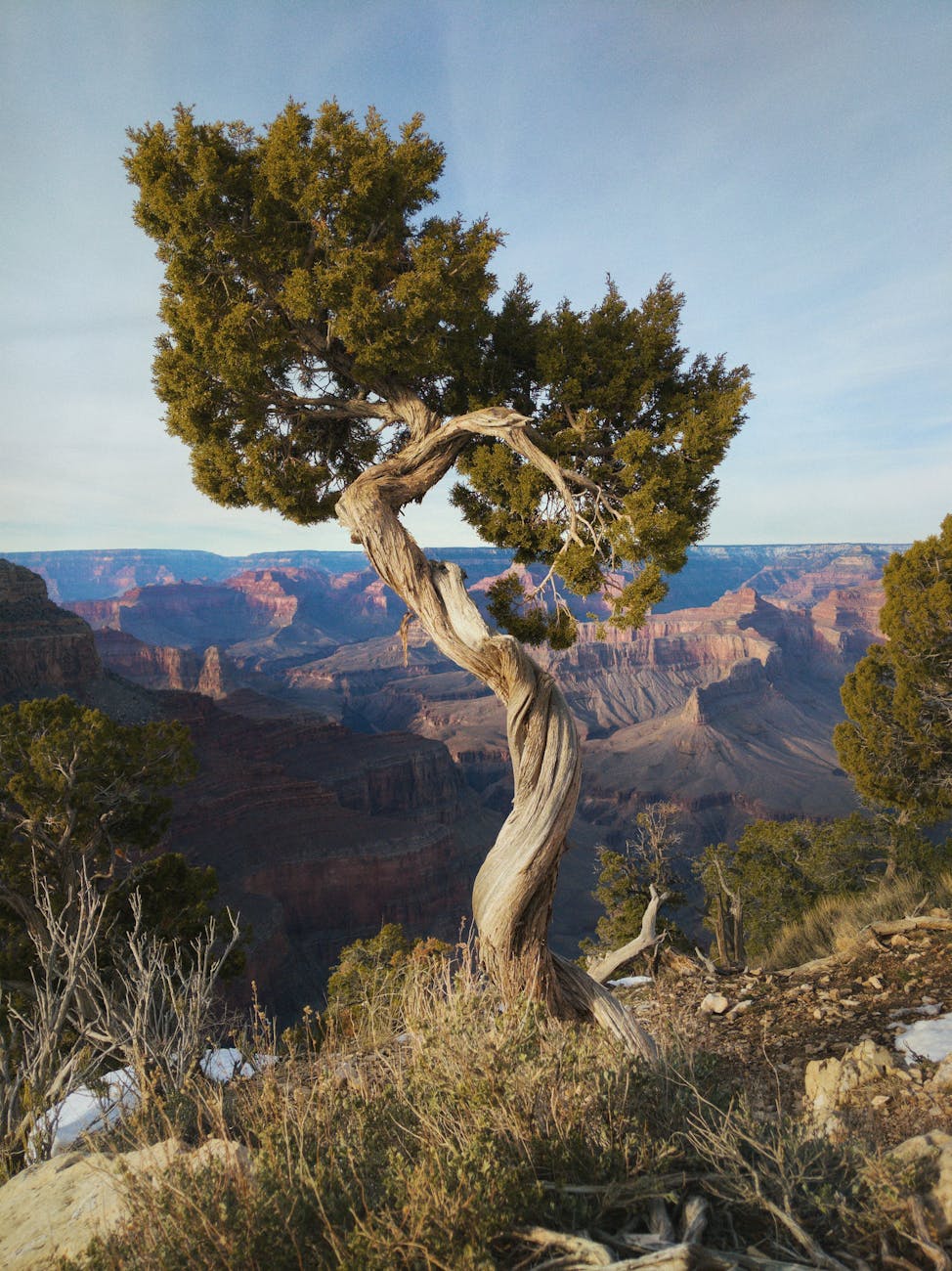
Life in the high desert is not easy for plants. Such arid conditions leave the rocky surface riddled with dead, dried grasses–remnants of a spring thaw long past. Most plants burn up and wither away within one season. And yet, here lies the Juniper tree surviving–thriving even–slowly building itself up year after year, inch after inch, to reach its full potential sometimes for 750 years or longer. Giving itself the grace to grow whatever it can grow, however it can grow, with the resources it has.
Its roots grow stronger and deeper each year as it finds nourishment in the rocky ground in which it grows. A tree may be 15 feet tall, but the main tap roots can be 40 feet deep into the rock, with lateral roots growing out 100 feet away from the tree. The root system often accounts for 2/3 of the total tree mass. Because the roots are so hardy, even when the wind knocks the tree over, it will continue to grow. No matter the intensity of the burdens of the weather, it continues to cling to the sides of mountains, to cliffs, to life, and keeps growing. They are patient in their perseverance.
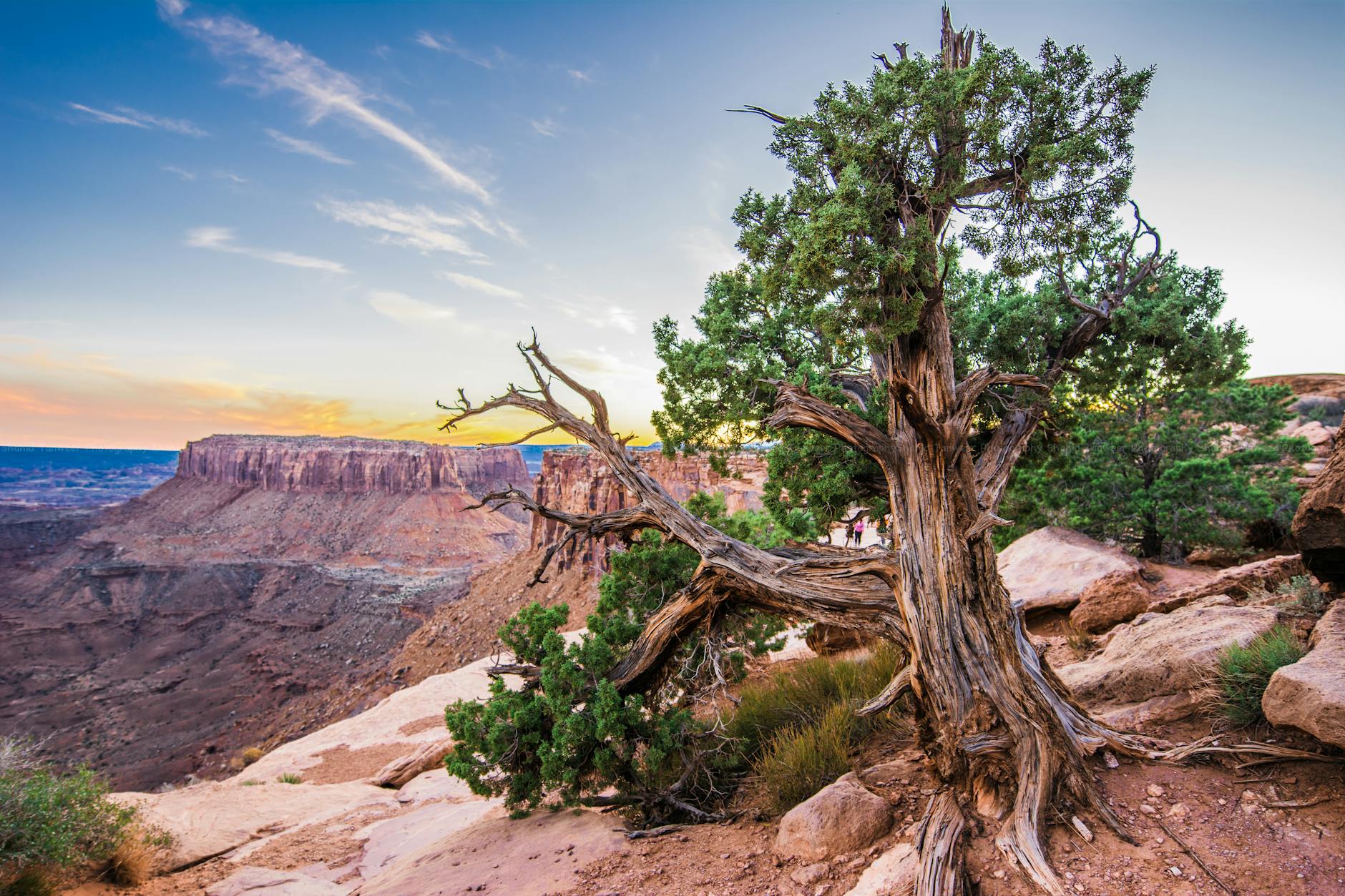
The tree also sustains life around it, providing food and shelter for birds and small animals. It takes the harshness of the environment and turns it into something life-giving for all those around it.
These fascinating trees and their determination to cling to life make me feel so hopeful.
In a 2019 BYU Women’s Conference talk, Sister Becky Craven said,
“Hope in a gospel sense is hope in Christ. And hope in Christ simply means that we trust Him and we trust in our Heavenly Father’s plan.”
“Therefore, hope is expectation, even anticipation for happiness not only in the hereafter, but an expectation that we can have joy and contentment right now, regardless of our circumstances.”
She continued, “Waiting can mean being stifled, biding one’s time, or stopping. “But to ‘wait upon the Lord’ is not biding one’s time. It is being patient while moving forward with confidence, faith, and trust in the Lord’s plan for us.”
The Lord, at times, gives personalized and tailor-made challenges designed to help His children grow.”
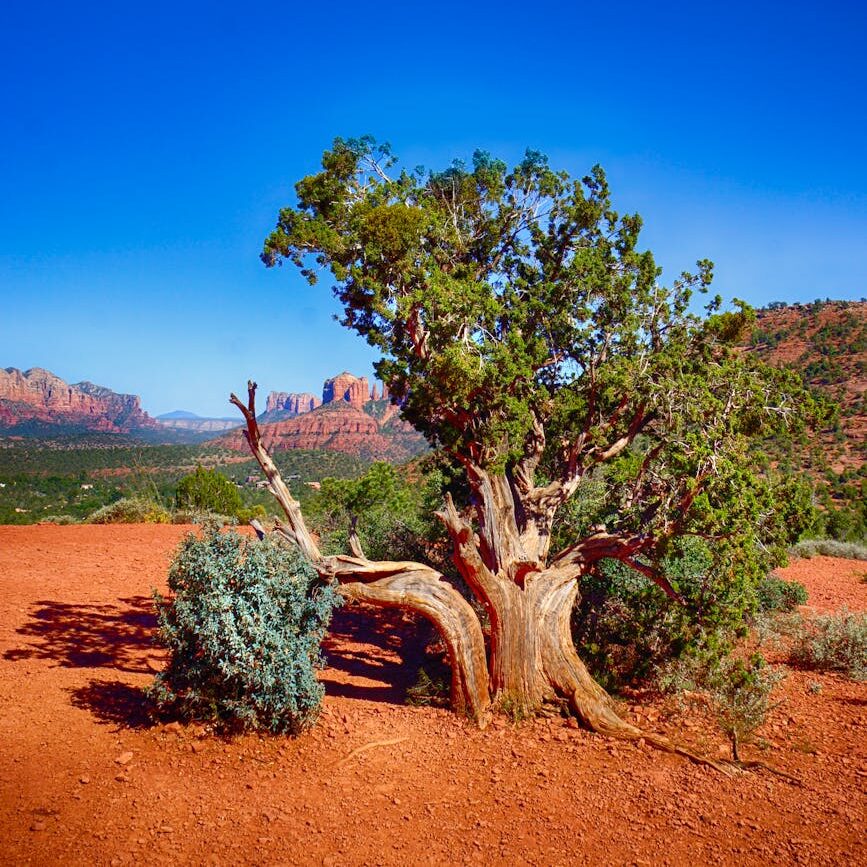
In October 2008, Elder Dieter F. Uchtdorf gave a really beautiful talk about Hope. I’ve pulled a few quotes out:
“Hope, on the other hand, is like the beam of sunlight rising up and above the horizon of our present circumstances. It pierces the darkness with a brilliant dawn. It encourages and inspires us to place our trust in the loving care of an eternal Heavenly Father, who has prepared a way for those who seek for eternal truth in a world of relativism, confusion, and of fear….
Hope is not knowledge,17 but rather the abiding trust that the Lord will fulfill His promise to us. It is confidence that if we live according to God’s laws and the words of His prophets now, we will receive desired blessings in the future.18 It is believing and expecting that our prayers will be answered. It is manifest in confidence, optimism, enthusiasm, and patient perseverance.”
The things we hope for are often future events. … No matter how bleak the chapter of our lives may look today, because of the life and sacrifice of Jesus Christ, we may hope and be assured that the ending of the book of our lives will exceed our grandest expectations. …
The things we hope in sustain us during our daily walk. They uphold us through trials, temptations, and sorrow. Everyone has experienced discouragement and difficulty. Indeed, there are times when the darkness may seem unbearable. It is in these times that the divine principles of the restored gospel we hope in can uphold us and carry us until, once again, we walk in the light.
We hope in Jesus the Christ, in the goodness of God, in the manifestations of the Holy Spirit, in the knowledge that prayers are heard and answered. Because God has been faithful and kept His promises in the past, we can hope with confidence that God will keep His promises to us in the present and in the future…
The things we hope for lead us to faith, while the things we hope in lead us to charity. The three qualities—faith, hope, and charity35—working together, grounded on the truth and light of the restored gospel of Jesus Christ, lead us to abound in good works.36
With Nephi I declare: “Press forward with a steadfastness in Christ, having a perfect brightness of hope, and a love of God and of all men. Wherefore, if ye shall press forward, feasting upon the word of Christ, and endure to the end, behold, thus saith the Father: Ye shall have eternal life.”39
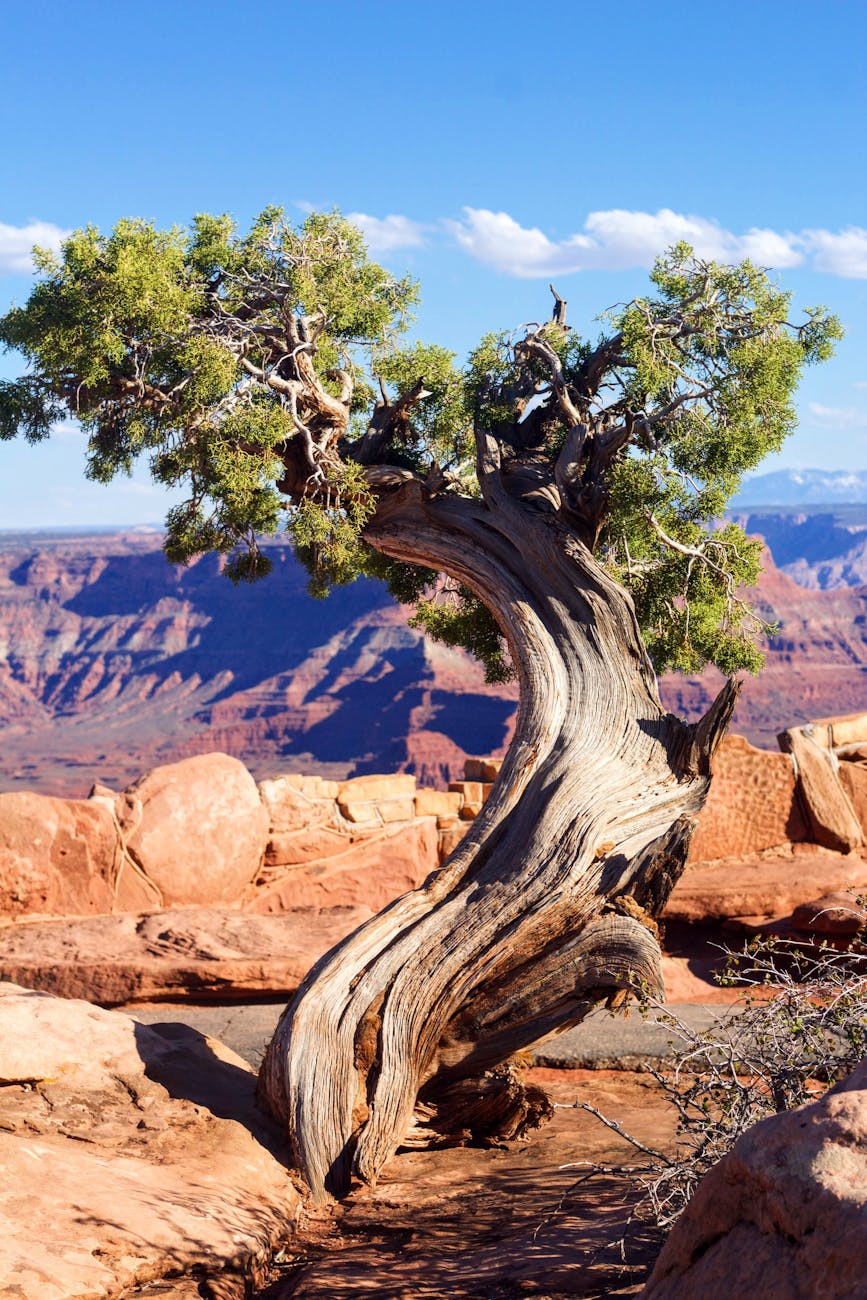
If the trees were sentient, they may wish they didn’t live in such a windy and severe climate. But then they wouldn’t have such an interesting and unique look. The wood would not be hardened and useful to the people who lived in these locations for centuries, who used it as firewood and fencing. They wouldn’t be able to give shelter, nutrients and protection for the surrounding area for centuries.
May we not be like the single-season grasses but rather the Juniper tree that sends its roots out deep and wide and provides shelter and nourishment to those all around it. May we find peace and hope we continue to persevere through winds that beat at us and dig as deep as we need through the dry desert sands at our feet to the eternal well of the Savior’s Atoning Waters.

